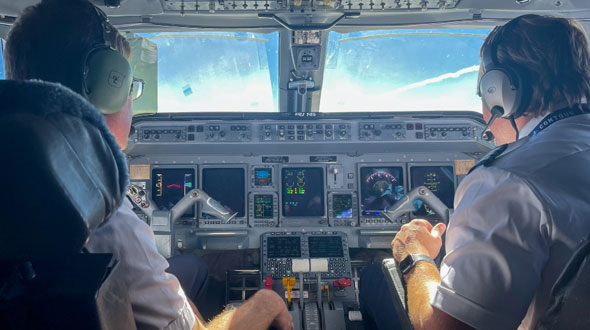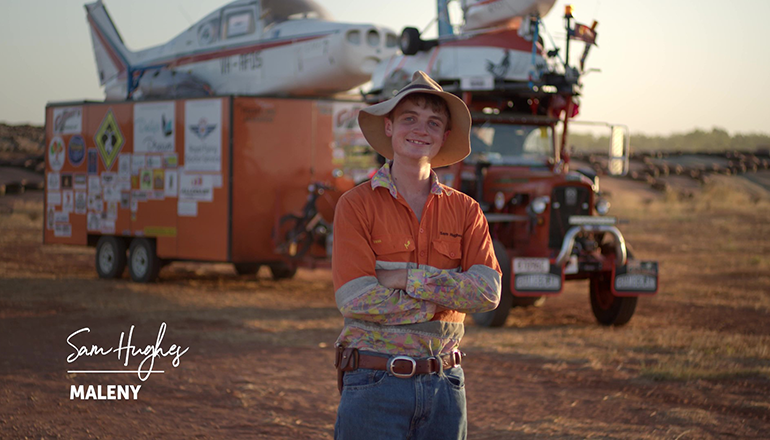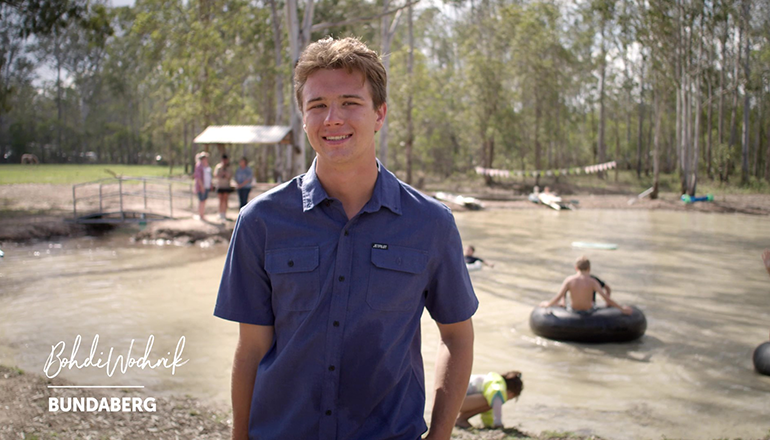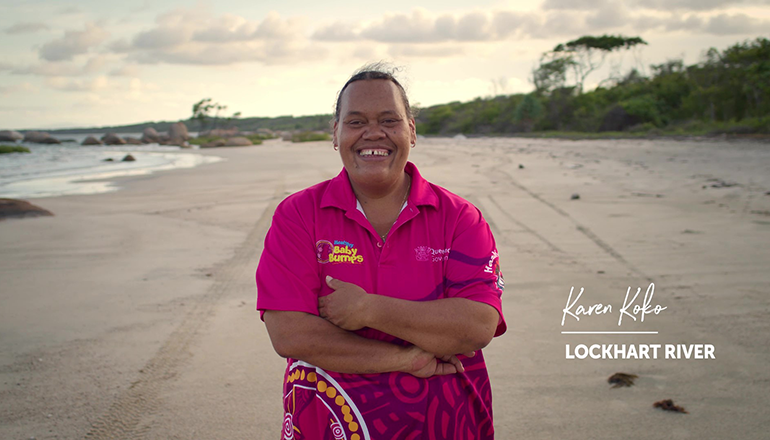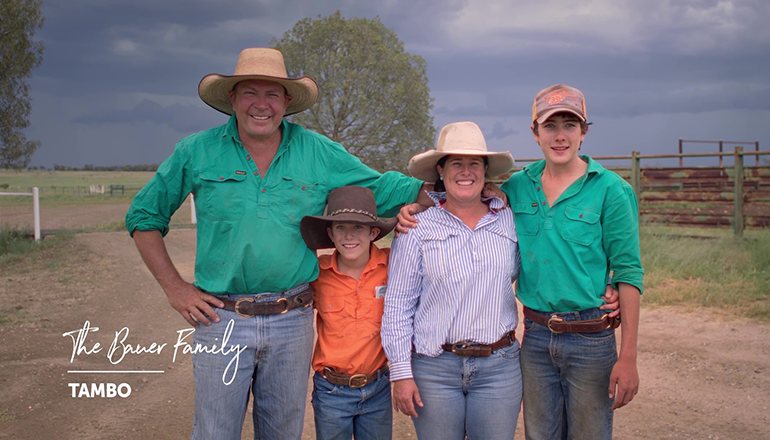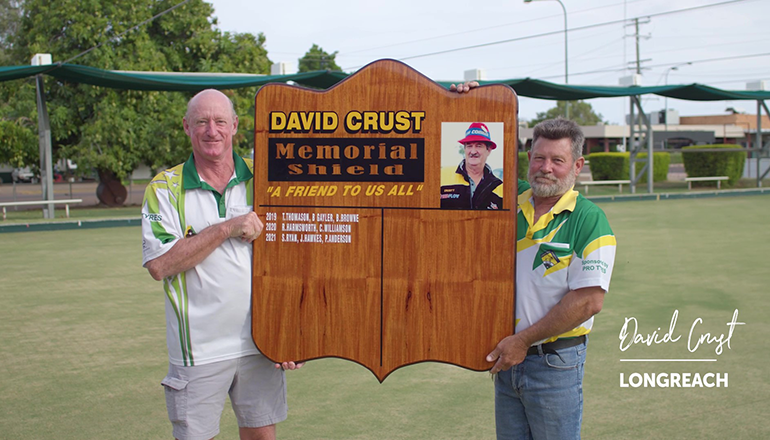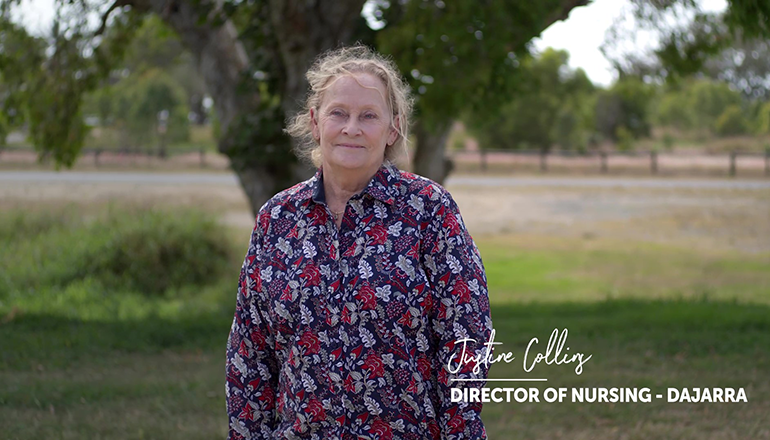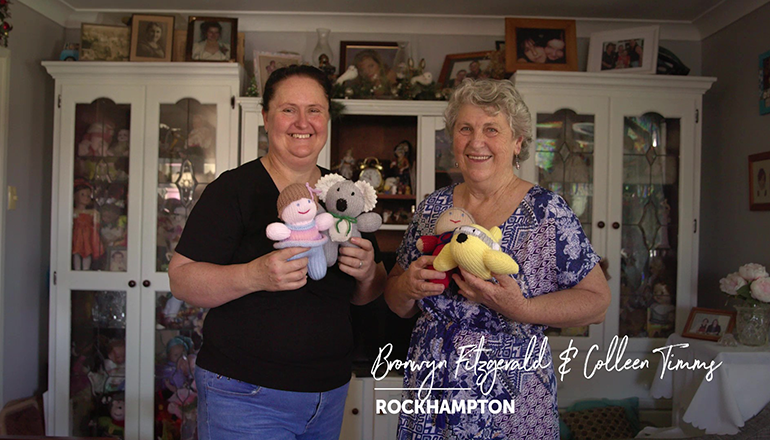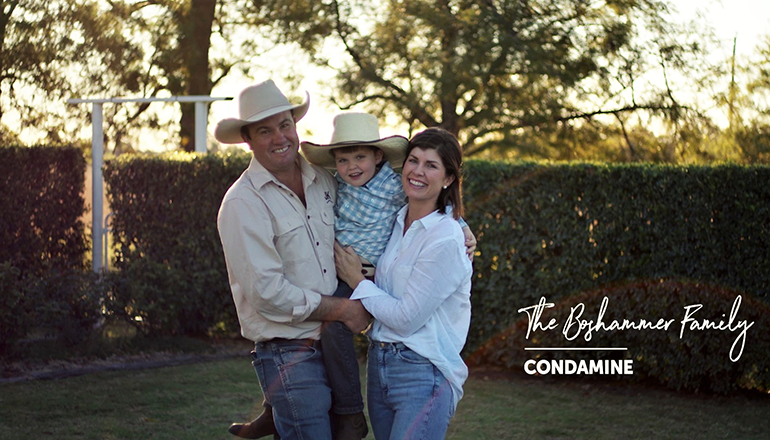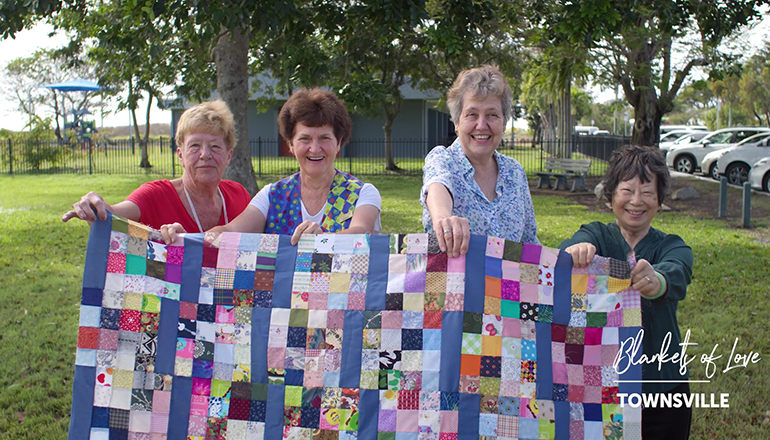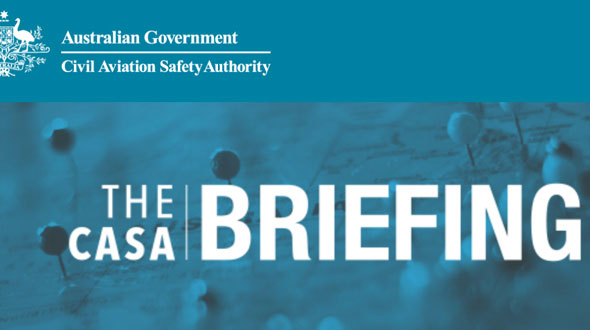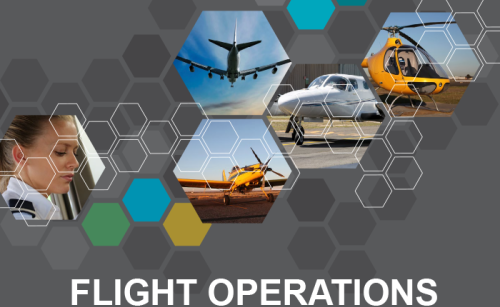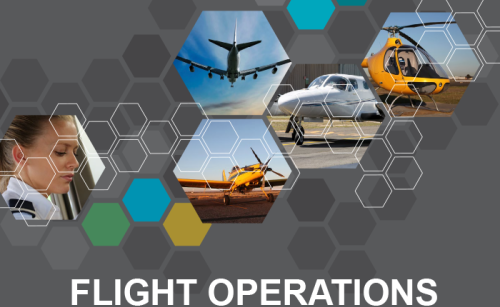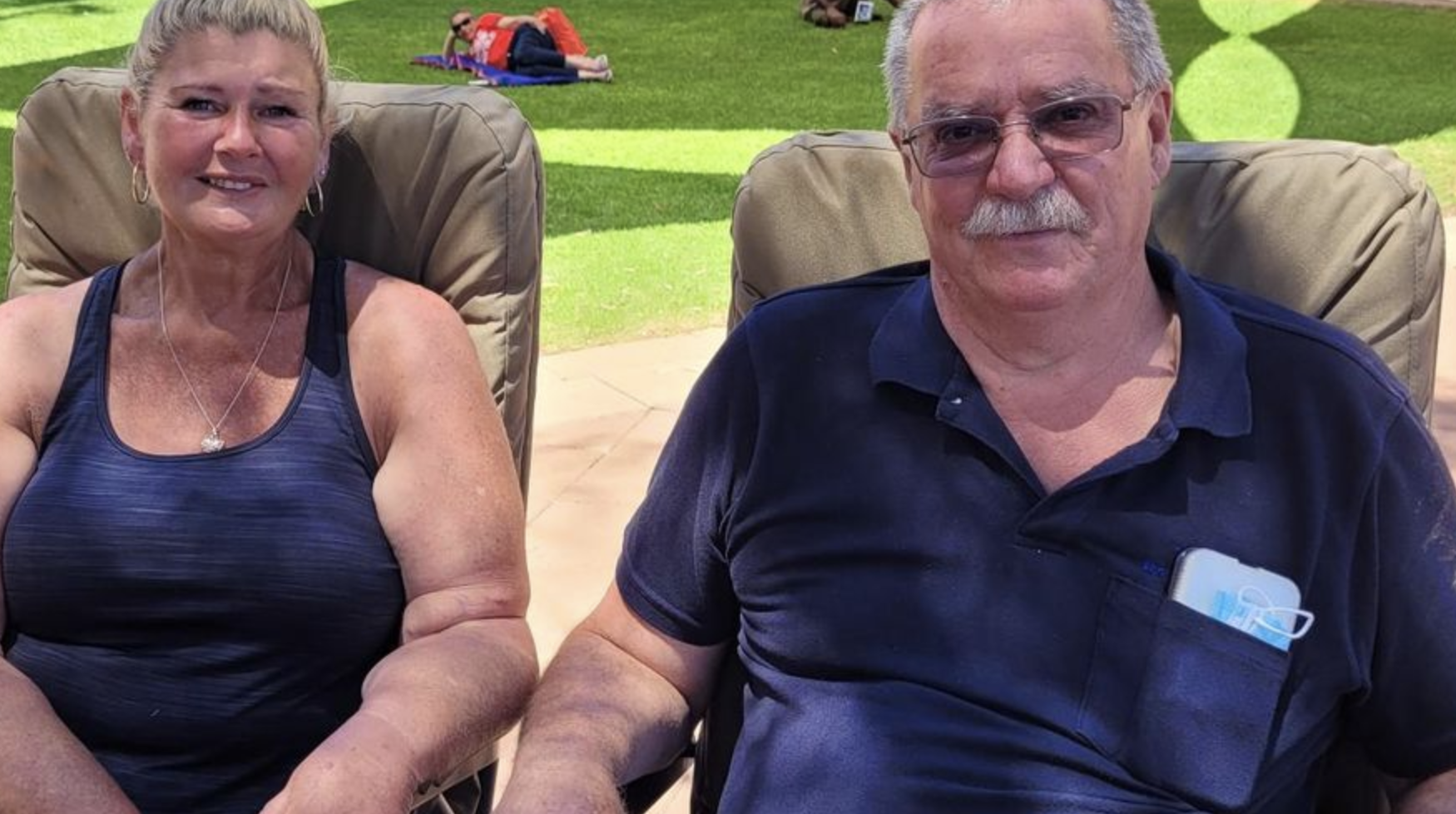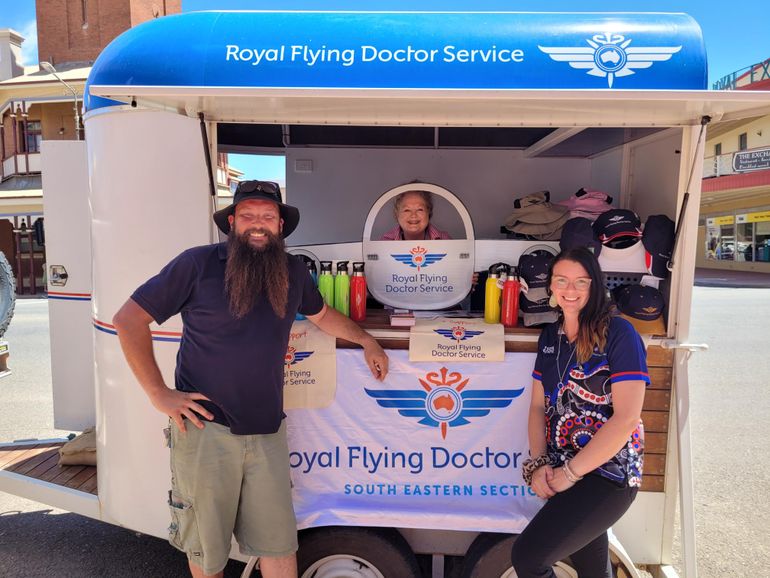Article supplied by CASA Part 61 of Civil Aviation Safety Regulations (CASR) sets out the requirements and standards for the issue of flight crew licences, ratings and other authorisations.
The rules cover what flight crew need to do to obtain and maintain licences, ratings and endorsement and the limitations that apply to exercising their privileges.
All training for the grant of a Part 61 licence, rating or endorsement must be conducted by the holder of a Part 141 or Part 142 certificate.
Who it affects
Part 61 affects:
- > aspiring and existing Australian flight crew licence holders
- > pilots seeking to convert from an overseas pilot licence to the Australian equivalent, or obtain recognition of Australian military flight crew qualifications
- > flight training operators and their personnel
- > Australian aircraft operators employing flight crew.
Legislation
Part 61 of Civil Aviation Safety Regulations
Legislative instruments
Legislative instruments include exemptions to particular regulatory requirements in aviation regulations or a Manual of Standards, but which apply to a broad range of persons. Instruments related to this part will display in this space or you can view our list of legislative instruments.
31 legislative instruments available
Part 61 Manual of Standards
Incendiary Dropping Operations (Aerial Application Rating) Instrument 2020CASA EX136/20
Civil Aviation (Community Service Flights — Conditions on Flight Crew Licences) Instrument 2019CASA 09/19
Examiner Proficiency Checks (Extensions of Time and Substitute Proficiency Checks) Exemption Instrument 2021 (No. 1)CASA EX19/21
Flight crew licensing (miscellaneous exemptions)CASA EX66/21
Show 31 legislative instruments
Non-legislative instruments
Non-legislative instruments include exemptions to particular regulatory requirements in aviation regulations or a Manual of Standards, but which apply to a particular person. Non-legislative instruments related to this part will display in this space or your can view our list of non-legislative instruments.
Guidance material
Advisory material provides advice and guidance to explain particular regulatory requirements of a CASR Part. Guidance material relating to this part will appear in this space or you can view all our guidance material.
Draft material that is open for input, including Advisory Circulars, can be found on the Consultation Hub.
3 guidance material availableNight VFR ratingAdvisory Circular AC 61-05 provides guidance on night VFR (NVFR) ratings as well as operations under NVFR. It covers the hazards of night flying and advice on safely conducting night operations.Advisory Circular AC 61-05Teaching and assessing non-technical skills for single-pilot operationsAdvisory Circular AC 61-08 provides guidance to flight simulator users seeking approval. It covers information requirements for the applications, as well as the application method and information requirements for reign flight simulator approval.Advisory Circular AC 61-08Spin avoidance and stall recovery trainingAdvisory Circular AC 61-16 highlights the risks associated with advanced stalling training when conducted in aircraft that are not certified for intentional spinning.Advisory Circular AC 61-16
Related content
The process to become a pilotPilot licencesEnglish language standardsRatings, reviews and endorsements
Related rules and publications
Part 141 of CASR Recreational, private and commercial pilot flight training, other than certain integrated training coursesPart 142 of CASR Integrated and multi-crew pilot flight training, contracted recurrent training and contracted checkingFlight examiner handbook


